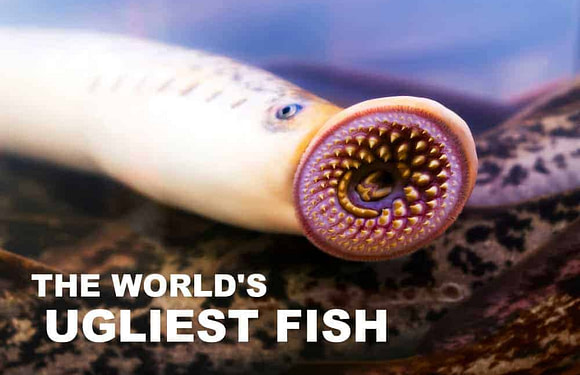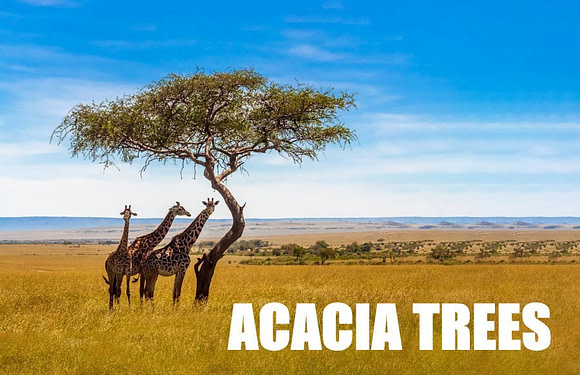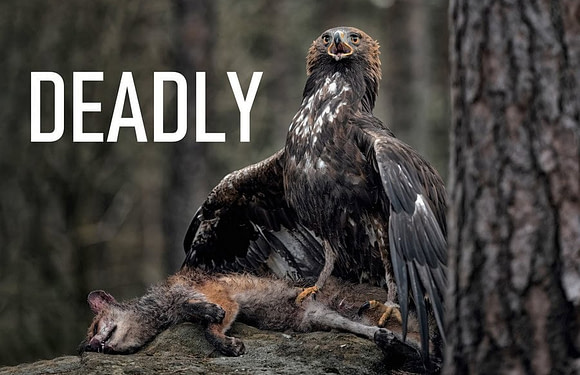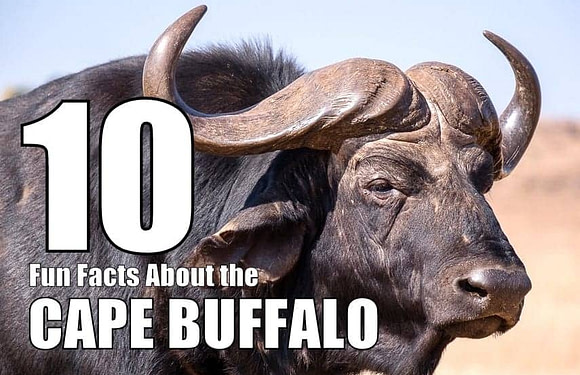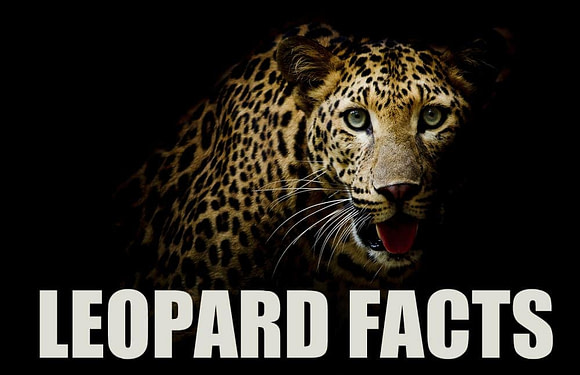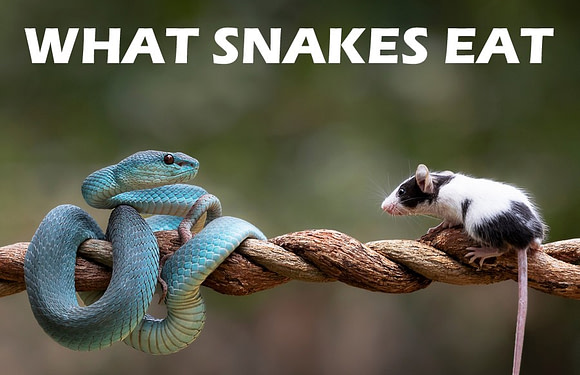
Alligators and crocodiles are often confused due to their physical similarities. Both belong to the order Crocodylia, which also includes caimans and gharials. This group has a fascinating evolutionary history, tracing back to the age of dinosaurs.
Common Ancestry
The earliest crocodylomorphs, the ancestors of today’s crocodilians, appeared around 230 million years ago. They survived major extinction events that wiped out many other species at the end of the Cretaceous period.

The major split between the true crocodiles and the alligators occurred in roughly 80-100 million years ago. This divergence was likely driven by geographical isolation and differing environmental conditions.
Modern crocodiles have specialized salt glands that allow them to excrete excess salt. This adaptation has enabled them to spread across various habitats, from freshwater to marine environments. Crocodiles are often found in tropical areas of Africa, Asia, the Americas, and Australia. On the other hand, alligators generally prefer freshwater environments and are primarily found in two regions: the USA and China.
Physical Similarities Between Alligators & Crocodiles

Alligators and crocodiles share behaviors and physical traits that make them feared predators in both aquatic and terrestrial environments.
- Swimming: Both species are exceptional swimmers. Their streamlined bodies and muscular tails propel them through the water efficiently. The tail acts as both a motor and a rudder, allowing for agile movement and quick bursts of speed in pursuit of prey.
- Land Movement: On land, they can move surprisingly fast for short distances, reaching speeds of up to 11 mph (17-18 km/h). While not built for long-distance travel, this speed is enough for a short, powerful ambush.
- Breath-Holding: Adapted for underwater hunting, both alligators and crocodiles can hold their breath for extended periods – up to an hour or more. This capability allows them to remain undetected while stalking prey or avoiding potential threats.
- Vision: Their eyes are positioned on top of their heads, enabling them to stay mostly submerged while scanning for danger or prey above the water’s surface. This placement, combined with their ability to stay still for long periods, makes them nearly invisible to unsuspecting prey.
- Night Vision: Both species have excellent night vision, thanks to a high concentration of rod cells in their eyes. This adaptation gives them a significant advantage during nocturnal hunting, allowing them to detect movement in low-light conditions.
These shared traits highlight the alligator’s and crocodile’s roles as apex predators, perfectly adapted to their environments.
Differences Between Alligators & Crocodiles
Let’s see how these two aquatic reptiles differ in their appearance and behavior.
Snout Shape

The most notable difference between alligators and crocodiles lies in their snouts. Alligators possess a wider, U-shaped snout that appears rounded at the edges. In contrast, crocodiles feature a pointed, V-shaped snout, which is narrower and extends into a tapered point.
Jaw Structure

The structure of their jaws also varies significantly. Alligators’ upper jaws cover the lower teeth completely when their mouths are closed, giving them a seamless jawline with no visible teeth. Crocodiles display a toothy grin with their fourth tooth on the lower jaw always visible when their mouths are shut. This difference impacts their appearance dramatically and also affects their feeding capabilities.
Skin Color and Texture

Coloration is another differentiator. Typically, alligators have a darker, more muted skin tone, ranging from dark grey to black, which helps them blend into the murky waters of rivers and swamps. Crocodiles, however, tend to have lighter, olive or tan skin, often patterned with darker patches, which aids in camouflage in more saline or brackish environments.
Size Comparison

While both species can grow significantly large, crocodiles generally are bigger than alligators. The largest crocodile species, the saltwater crocodile (Crocodylus porosus), can grow up to 20 feet (6 meters) long, whereas the largest alligator species, the American alligator (Alligator mississippiensis), typically maxes out around 15 feet (4.5 meters).
Aggression and Territoriality

Crocodiles are often more aggressive than alligators. This aggression makes crocodiles more deadly compared to alligators. Crocodiles’ ability to tolerate saltwater also gives them the capability to travel extensive distances by sea, which is not as common in alligators.
Habitat Preferences

Habitat preferences provide a crucial insight into their environmental adaptations. Alligators prefer freshwater environments such as ponds, marshes, and rivers. They are predominantly found in the southeastern USA, notably in Florida and Louisiana. Crocodiles, on the other hand, can thrive in both saltwater and freshwater settings. This adaptability allows them to inhabit a wider range of areas from the Atlantic and Pacific coasts of southern Mexico to parts of Africa and Australia.
Hunting and Diet

Both alligators and crocodiles are apex predators with similar diets that include fish, birds, mammals, and other reptiles. However, their hunting strategies differ slightly due to their physical differences.
Studies have measured the bite force of an adult American alligator to be about 2,125 pounds per square inch (psi). This tremendous force is due to the alligator’s robust jaw muscles and broad snout, which provide the mechanical advantage necessary to crush hard-shelled prey like turtles.

Crocodiles have even higher bite forces. The saltwater crocodile has been recorded to have a bite force of up to 3,700 psi – the highest of any living animal. However, their snout and jaw muscles are optimized for grasping and tearing prey rather than crushing.
Summary of Differences Between Alligators & Crocodiles
- Alligators have a wider U-shaped snout. Crocodiles have a pointed V-shaped snout.
- When their mouths are closed, alligators do not show their lower teeth. Crocodiles do show some lower teeth.
- Alligators have darker skin (dark grey to black). Crocodiles have lighter skin (olive or tan).
- Crocodiles are more aggressive.
- Alligators prefer freshwater. Crocodiles thrive in both saltwater and freshwater.
- Crocodiles have higher bite forces.
Who Would Win a Fight – Alligator vs. Crocodile?
In a theoretical battle between these animals, the odds favor the crocodile.
Typically, crocodiles tend to grow larger, are generally more aggressive, and have a stronger bite force than alligators. The crocodile’s size advantage is the main factor when it comes to winning a fight. Such encounters are extremely rare in nature due to the different preferred habitats and geographical distributions of crocodiles and alligators. These animals generally avoid conflict unless absolutely necessary, as injuries sustained in combat can be fatal and hinder their ability to hunt or defend themselves in the future.

Which is More Dangerous – Alligator vs. Crocodile?
Crocodiles are more dangerous to humans than alligators. They are more aggressive and unpredictable. Crocodiles often see humans as potential prey, especially in regions where human-crocodile encounters are common. The Nile and saltwater crocodiles are the most notorious, responsible for hundreds of attacks each year.
Alligators are less likely to attack humans unless provoked. They tend to avoid people and usually attack only if threatened or defending their territory. However, they are still dangerous, especially if cornered or protecting their nests.

Alligator & Crocodile Species List
Here’s a comprehensive list of all recognized species within the crocodile and alligator families:
Crocodile Species (Family Crocodylidae)
- American Crocodile (Crocodylus acutus)
- Nile Crocodile (Crocodylus niloticus)
- Saltwater Crocodile (Crocodylus porosus) – also known as the estuarine crocodile
- Orinoco Crocodile (Crocodylus intermedius)
- Morelet’s Crocodile (Crocodylus moreletii) – also known as the Mexican crocodile
- Cuban Crocodile (Crocodylus rhombifer)
- Philippine Crocodile (Crocodylus mindorensis)
- New Guinea Crocodile (Crocodylus novaeguineae)
- Siamese Crocodile (Crocodylus siamensis)
- Indo-Pacific Crocodile (Crocodylus porosus) – overlaps with the saltwater crocodile, sometimes considered the same species
- West African Crocodile (Crocodylus suchus)
- Mugger Crocodile (Crocodylus palustris) – also known as the Indian or marsh crocodile
- Slender-Snouted Crocodile (Crocodylus cataphractus)
- Australian Freshwater Crocodile (Crocodylus johnsoni) – also known as Johnstone’s crocodile
- Dwarf Crocodile (Osteolaemus tetraspis) – sometimes classified into a subfamily or different family due to its distinct characteristics
Alligator Species (Family Alligatoridae)
- American Alligator (Alligator mississippiensis)
- Chinese Alligator (Alligator sinensis)
Conservation Status

The American alligator, once endangered, is now considered a conservation success story. They were listed as endangered in 1967 due to unregulated hunting and habitat loss. However, robust legal protections and habitat conservation efforts facilitated their recovery. The turnaround can largely be attributed to the U.S. Endangered Species Act and the concerted efforts of various wildlife agencies. By 1987, the alligator was removed from the endangered species list and is currently estimated to number in the millions.

Conversely, many crocodile species around the world still struggle for survival. The Philippine crocodile (Crocodylus mindorensis) and the Nile crocodile (Crocodylus niloticus), for example, continue to be classified as threatened species. These crocodiles suffer from a myriad of threats. Rapid urbanization and agricultural expansion have led to significant reductions in the natural habitats. Despite international regulations, illegal hunting of crocodiles for their skins persists.
Which Crocodiles Live in Tanzania?

In Tanzania, you can find the Nile Crocodile (Crocodylus niloticus).
The Nile crocodile is one of the largest crocodile species globally, capable of reaching lengths of up to 20 feet. This species is especially prevalent in Tanzania, inhabiting rivers, lakes, and marshes throughout the country. They are often spotted in safari destinations such as Serengeti National Park and the Selous Game Reserve. The Nile crocodile feeds on a variety of fish, birds, mammals, and occasionally other crocodiles.



















































